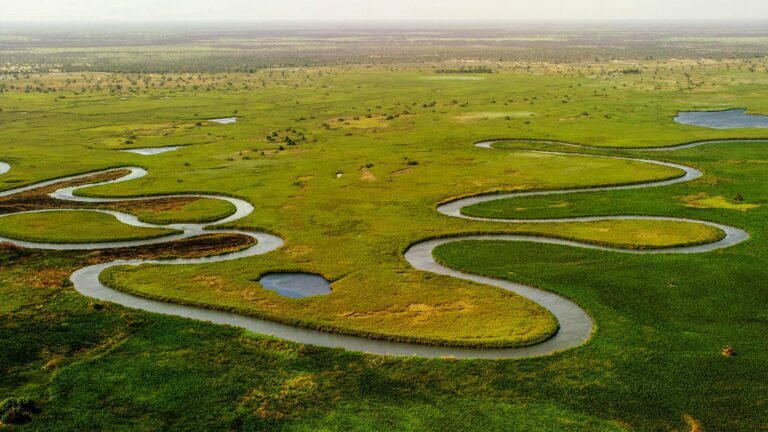African landmarks: Africa is a continent rich in diverse and significant landmarks, each with its own cultural, historical, natural, and symbolic significance. Here are some key aspects of the significance of African landmarks:
African Landmarks
➤ Cultural Heritage: African landmarks often represent the cultural heritage of the continent, showcasing the traditions, art, architecture, and rituals of different African civilizations and ethnic groups. They provide insights into the diversity and complexity of African cultures, promoting appreciation and understanding.
➤ Historical Significance: Many African landmarks hold deep historical roots, representing important events, empires, or periods in African history. They serve as reminders of past civilizations, struggles, and triumphs, offering a glimpse into the continent’s rich historical legacy.
➤ UNESCO World Heritage Sites: Africa is home to numerous UNESCO World Heritage Sites, recognized for their outstanding universal value. These landmarks include historical sites, natural wonders, and cultural landscapes that contribute to global heritage and conservation efforts.
➤ Natural Wonders: Africa boasts remarkable natural landmarks, such as the Sahara Desert, Victoria Falls, Serengeti National Park, and the Nile River. These landmarks showcase the continent’s stunning landscapes, unique biodiversity, and serve as vital habitats for various plant and animal species.
➤ Symbolism and National Identity: African landmarks often hold deep symbolic meaning for nations and communities. They represent national identity, unity, and aspirations. Landmarks like the Great Sphinx of Giza in Egypt or the Table Mountain in South Africa symbolize the historical, cultural, and natural significance of their respective countries.
➤ Tourism and Economic Impact: African landmarks attract tourists from around the world, contributing to local and national economies. Tourism related to these landmarks generates revenue, supports local businesses, and creates employment opportunities, thus contributing to economic development and promoting cultural exchange.
➤ Conservation and Environmental Awareness: Many African landmarks are important for conservation efforts and raising environmental awareness. Landmarks such as national parks and protected areas help preserve biodiversity, protect endangered species, and highlight the need for sustainable practices to mitigate human impact on the environment.
➤ Educational and Research Value: African landmarks provide educational opportunities for visitors to learn about history, archaeology, anthropology, geology, and ecology. They contribute to scientific research, offering insights into African civilizations, natural processes, and the continent’s unique ecosystems.
➤ Cultural Tourism and Community Development: Landmarks often serve as platforms for cultural tourism, allowing visitors to engage with local communities, learn about their customs, traditions, and lifestyles. This form of tourism promotes community development, supports local artisans, and preserves intangible cultural heritage.
In summary, African landmarks hold immense cultural, historical, natural, and symbolic significance. They contribute to tourism, economic development, conservation efforts, cultural exchange, and education. These landmarks showcase Africa’s rich heritage, natural wonders, and cultural diversity, fostering appreciation and understanding of the continent’s past and present.
African Landmarks for Cultural Tourism
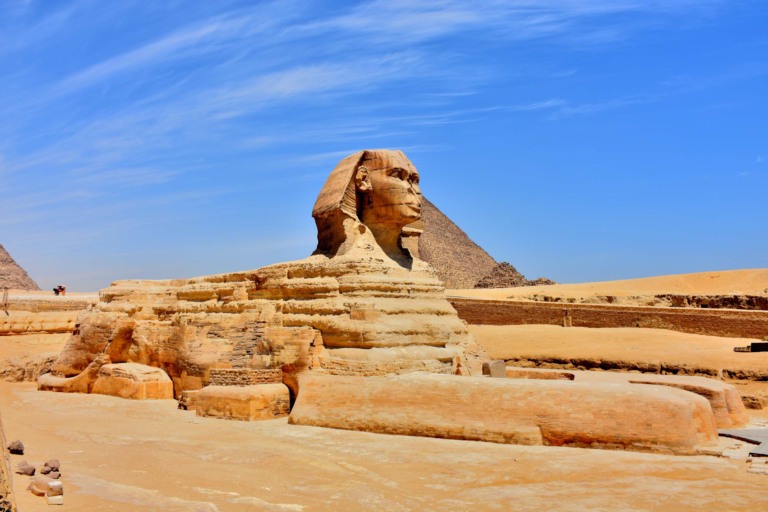
Egyptian Landmarks
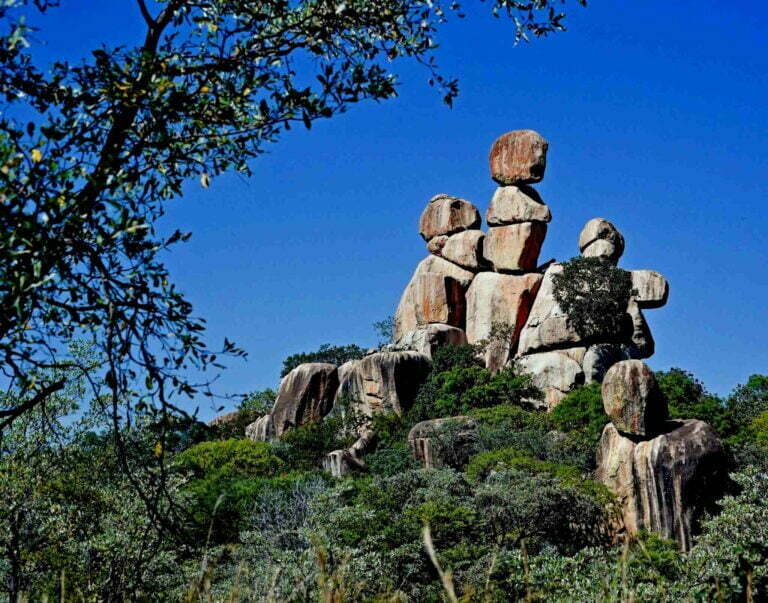
Matobo Hills Zimbabwe
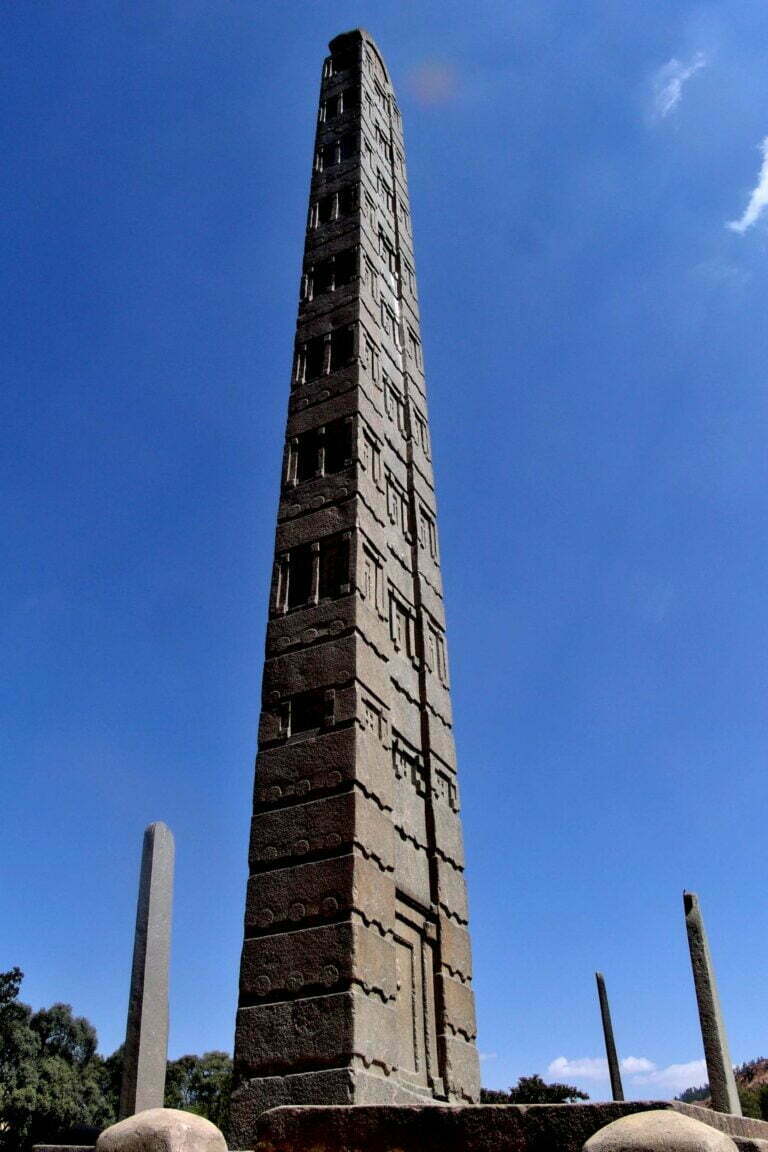
Axum, aka Aksum Empire
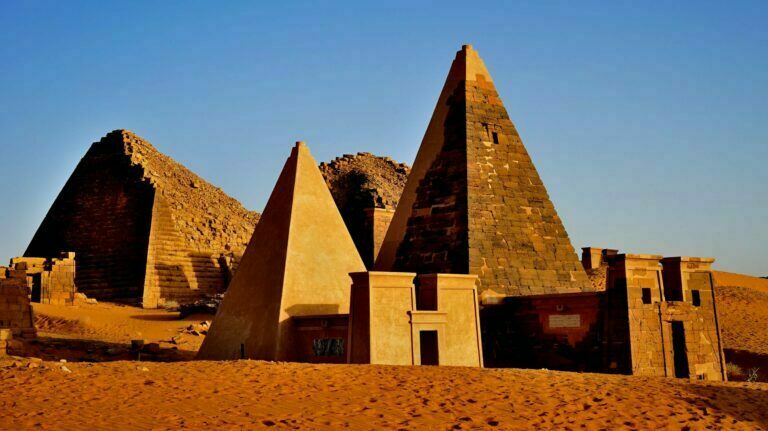
Pyramids of Meroe
